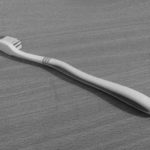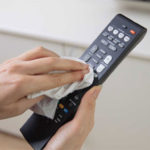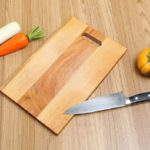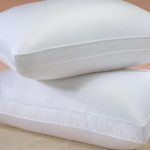Don’t Cut Meat and Vegetables on the Same Cutting Board
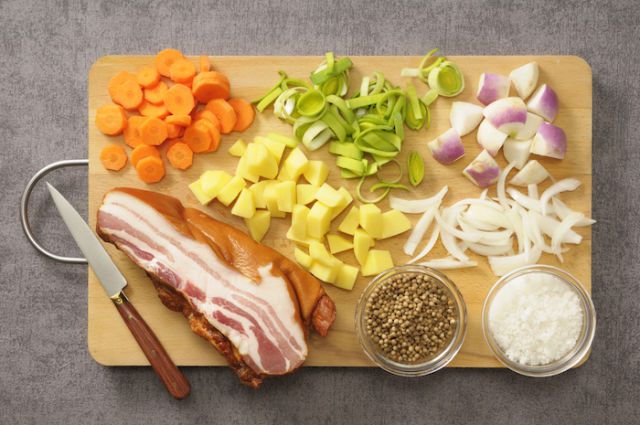
Avoid cross-contamination by using separate cutting boards for pork, poultry, and vegetables. Consider a color-coding system, such as red plastic cutting boards for raw meat and green for vegetables. If you prefer wooden cutting boards, use different color-coded varieties (ones that won’t fade under water) for each purpose.
Avoid Using Small Cutting Boards

Use larger cutting boards that provide ample space while you are cutting food to prevent it from falling off. To ensure that your cutting board is large enough, place your knife diagonally on the board. If the length of the knife exceeds the board, increase the size so that the surface area of the board is larger than the knife by a few inches.
Avoid Putting Cutting Boards in the Dishwasher
Whether you use wooden or plastic cutting boards, do not put them in the dishwasher, where they will be exposed to heat and water for an extended period of time, which can cause warping and cracking. Instead, scrub your cutting board clean with dish soap and rinse with clean water. If you want an extra measure of safety (such as after cutting raw meat), soak the cutting board in a mixture of 1 part vinegar to 4 parts water before cleaning.
Oil the Surface of the Cutting Board
Apply a food-safe cooking oil (also known as mineral oil) or beeswax to the cutting board. Both will help prevent water absorption, keep the board from warping, and prevent it from being damaged by mold.
Avoid Using Cutting Boards Made of Glass, Marble, or Corian
These cutting boards may be beautifully decorated and appear durable, but in reality, they will quickly dull your knives. Additionally, they are extremely slippery and make it difficult to chop vegetables, slice fruits, or carve meats.
Avoid Using Overly Worn Cutting Boards
Once your cutting board starts to develop cracks or have deep grooves that are difficult to clean, it becomes a breeding ground for bacteria. This is the time to replace it with a new cutting board.
8 Common Mistakes People Make with Cutting Boards
Are you using your cutting board correctly? Many Vietnamese households rely on cutting boards in their kitchen, but not everyone knows how to use them properly, especially when it comes to wooden cutting boards. Check out these 8 mistakes to avoid when using a cutting board to ensure both hygiene and safety for everyone in your family.

























